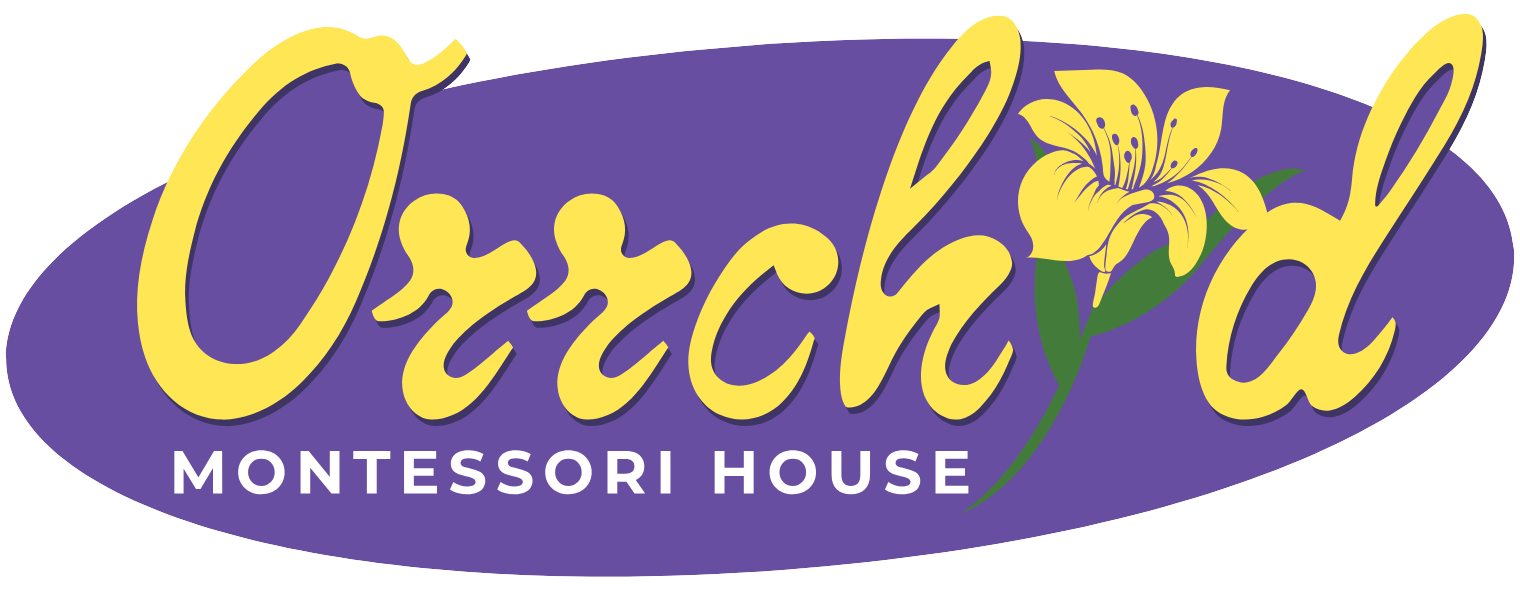Introduction
In most traditional classrooms, teachers are seen as the primary source of knowledge—directing, instructing, and correcting at every step. But in a Montessori environment, the adult in the room plays a very different role. At Orrchid Montessori House, the teacher is not a lecturer but a guide—a quiet observer who steps in only when necessary, and steps back when a child is engaged in meaningful work. This subtle shift changes everything about how children learn.
Who Is the Montessori Guide?
The Montessori guide is an adult trained not just in academic instruction, but in observing child development, understanding sensitive periods, and preparing the environment. Rather than directing every moment, the guide:
-
Observes what each child needs
-
Presents lessons at the right time
-
Allows space for repetition and mastery
-
Encourages independence over dependence
Montessori guides trust in the child’s inner drive to learn and develop, acting more like facilitators than instructors.
Observation: The Key to Individualized Learning
Observation is the foundation of a Montessori guide’s work. By watching carefully—without interrupting—a guide can see:
-
What materials attract a child
-
How they respond to challenges
-
When they’re ready for a new lesson
-
If they’re bored or overwhelmed
This information allows the guide to tailor learning experiences to each child’s needs, rather than pushing a one-size-fits-all curriculum.
Respecting the Child’s Process
At Orrchid Montessori House, guides never rush a child or praise them artificially. Instead, they honor the process of learning. They offer:
-
Quiet encouragement rather than constant correction
-
Hands-on lessons instead of lectures
-
Freedom within limits instead of control
This respect fosters deep concentration, self-motivation, and confidence—qualities that traditional instruction often stifles.
When the Guide Steps In—and When They Don’t
Montessori guides know the importance of timing. They step in:
-
To offer a new lesson
-
To redirect misbehavior gently
-
To maintain the environment’s order
But they step back:
-
When a child is focused
-
When a peer can offer help instead
-
When a child is exploring a material in their own way
This intentional balance creates space for true independence to flourish.
Conclusion
In the Montessori world, less really is more. The guide’s strength lies not in how much they say, but in how well they observe and respond. At Orrchid Montessori House, this approach allows children to trust themselves, explore freely, and learn with purpose. By stepping back, the guide empowers the child to step forward—and that is the heart of Montessori education.

